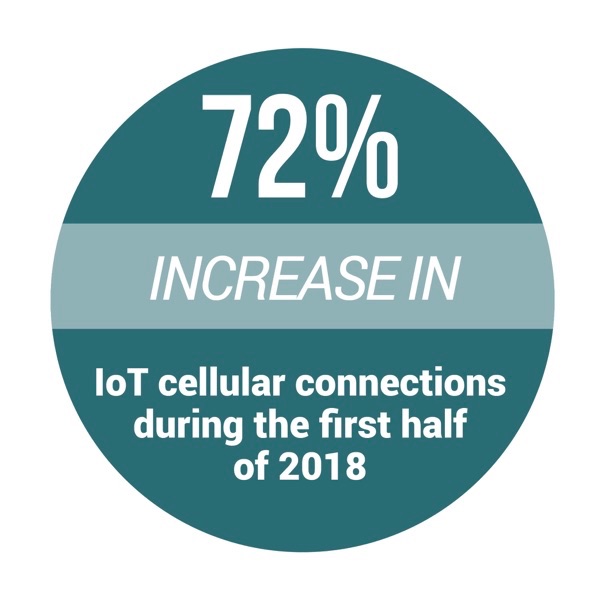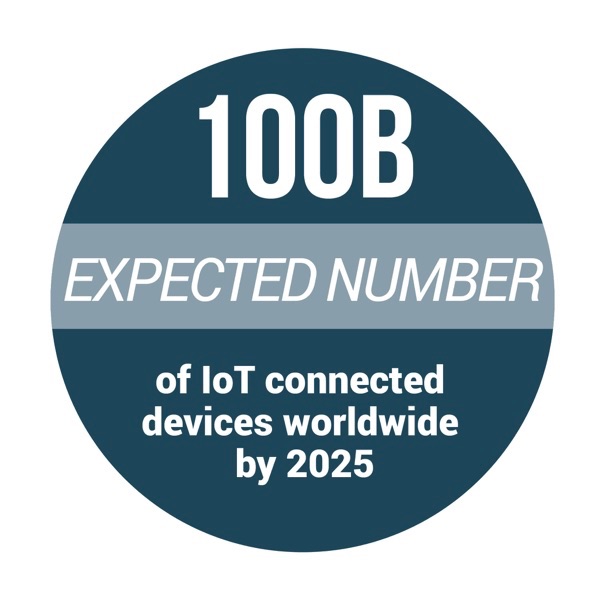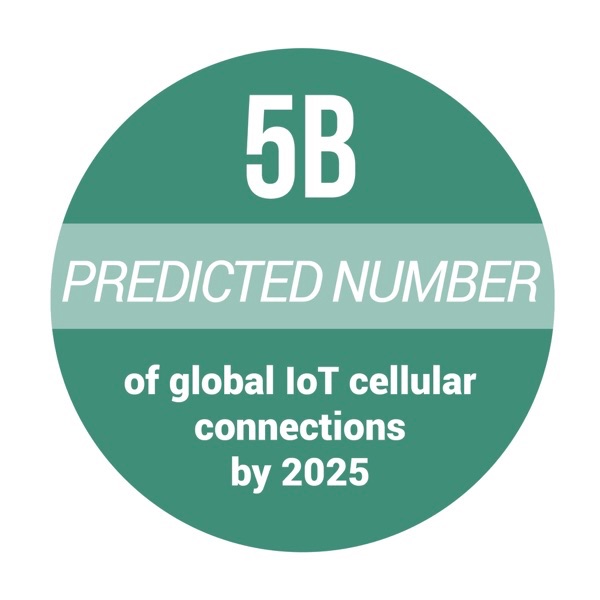By 2020, 30 billion Intelligence of Things (IoT) devices are expected to be connected worldwide — a figure anticipated to skyrocket to 100 billion by 2025. As the number of IoT devices grow, the security risks will only become more impactful.
Now, governments around the globe are looking to get ahead of this mounting problem by establishing policies that would set the standards for connected device security.
In the October Intelligence of Things Tracker, PYMNTS charted the latest governmental pushes to secure IoT, as well as other entities’ efforts to use IoT to improve security.
 Around The IoT World
Around The IoT World
NXT Semiconductors, for one, expects that applying IoT can make commerce safer from fraud. In a recent announcement, the company claimed that its newly released near-field communication (NFC) chips could be applied to products as an authentication measure, distinguishing them from counterfeits. The new chips are also intended to provide tracking throughout the supply chain to help combat grey market sales.
Advertisement: Scroll to Continue
Meanwhile, other players are aiming to help manufacturers use IoT for such purposes as protecting assets with predictive maintenance and finding operational efficiencies. IoT platform providers Aeris and Altizon recently teamed up in an effort to provide improved services to manufacturers in India, Africa, the Middle East and parts of Asia.
 Walmart is also eyeing ways to incorporate more IoT offerings, while protecting customers. The company’s recently published patent application details a connected shopping cart that could be used to alert staff to customer distress. The shopping cart would be designed with biometric sensors in the handles to capture data about the customers’ movements, such as time spent idling and speed, as well as emotions via grip strength, palm sweat and temperature reading.
Walmart is also eyeing ways to incorporate more IoT offerings, while protecting customers. The company’s recently published patent application details a connected shopping cart that could be used to alert staff to customer distress. The shopping cart would be designed with biometric sensors in the handles to capture data about the customers’ movements, such as time spent idling and speed, as well as emotions via grip strength, palm sweat and temperature reading.
Capturing eCommerce-Level Data In-Store?
Walmart isn’t alone in its search for more data in a brick-and-mortar setting.
While eTailers have a much more transparent look into their customers’ shopping behaviors (including what items they browse, click on to view and, ultimately, buy), brick-and-mortar merchants have less opportunity for insight. This can make marketing and business decisions more difficult.
 Automated stores like Amazon Go, and those being powered by Zippin, use cameras and sensors to track customers in-store, providing checkout-free shopping. However, as Zippin CEO Krishna Motukuri told PYMNTS in a recent interview, these setups can also fill in retailers’ knowledge gaps, deter shoplifting and enable real-time inventory management.
Automated stores like Amazon Go, and those being powered by Zippin, use cameras and sensors to track customers in-store, providing checkout-free shopping. However, as Zippin CEO Krishna Motukuri told PYMNTS in a recent interview, these setups can also fill in retailers’ knowledge gaps, deter shoplifting and enable real-time inventory management.
In this month’s feature story, Motukuri explained the thinking behind the system, which can collect data on in-store browsing — such as what items customers appear to consider before putting them back and what marketing materials they appear to read — and how the design is intended to not raise customer privacy concerns.
About the Tracker
The Intelligence of Things Tracker showcases companies that are leading the way in all aspects of the Intelligence of Things. Every month, the Tracker looks at what these companies are doing across the ecosystem and in several categories, including Personal, Home, Retail, Transportation, Wearable, Mobile, Infrastructure, Data and more.

